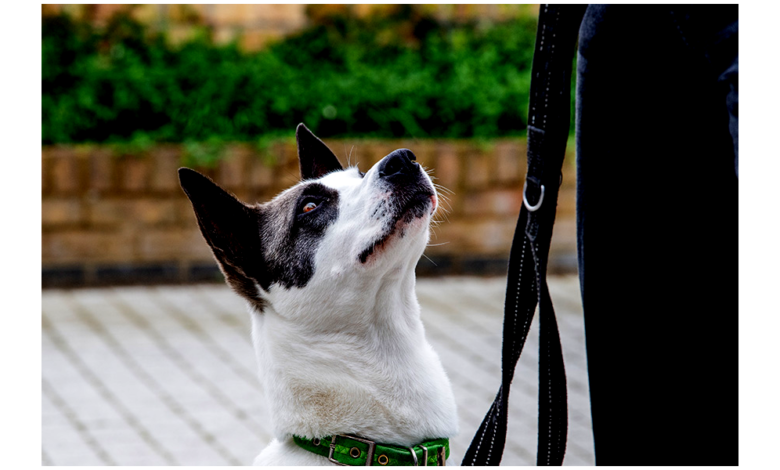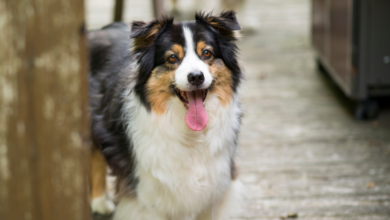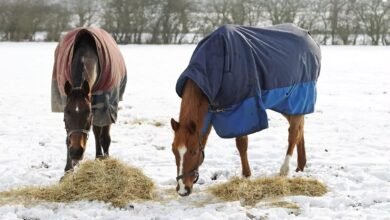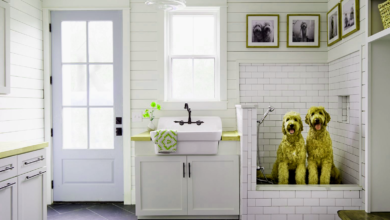
Learning how to stop your dog from pulling on the lead is one of the most common challenges faced by dog owners. A dog that pulls on the leash can make walks stressful and unpleasant, turning what should be an enjoyable activity into a battle of wills. Pulling on the lead is not only frustrating for the owner but can also be dangerous, increasing the risk of injury to both the dog and the person holding the leash. Fortunately, with patience, consistency, and the right techniques, it is possible to teach your dog to walk calmly on a loose leash. This article provides a comprehensive guide to understanding why dogs pull, effective training methods, and practical tips to help you and Stop Your Dog enjoy stress-free walks together.
How to Stop Your Dog from Pulling on the Lead
Understanding Why Dogs Pull on the Lead
Dogs pull on the lead for a variety of reasons, many of which are rooted in their natural instincts and behavior. For some dogs, pulling is a way to explore their environment more quickly, driven by their curiosity and desire to sniff, see, and experience everything around them. Other dogs may pull because they are excited or overstimulated, especially if they associate walks with playtime or social interaction.
In some cases, pulling can be a result of inadequate training or inconsistent reinforcement. If a dog has learned that pulling gets them where they want to go faster, they are likely to continue the behavior. Understanding the underlying cause of your dog’s pulling is the first step toward addressing the issue effectively.The Importance of Proper Equipment
Using the right equipment can make a significant difference in managing your dog’s pulling behavior. A standard collar may not provide enough control, especially for strong or large dogs. Instead, consider using a front-clip harness, which redirects your dog’s momentum toward you when they pull, making it easier to guide them. Head halters are another option, as they gently steer your dog’s head and discourage pulling without causing discomfort.
Avoid using choke chains or prong collars, as these can cause pain and injury, potentially worsening your dog’s behavior. The goal is to use equipment that promotes positive reinforcement and ensures your dog’s safety and comfort.
Teaching Loose Leash Walking
Loose leash walking is a skill that requires patience and consistent training. Start by teaching your dog to focus on you and walk by your side. Use treats or a favorite toy to reward your dog for staying close to you and maintaining a slack leash. Begin training in a quiet, distraction-free environment, such as your backyard or a quiet park, before gradually introducing more challenging settings.
When your dog starts to pull, stop walking and stand still. Wait for your dog to return to your side and release tension on the leash before continuing. This teaches your dog that pulling will not get them where they want to go. Consistency is key—every time your dog pulls, stop and wait for them to calm down before moving forward.
Using Positive Reinforcement
Positive reinforcement is one of the most effective methods for teaching Stop Your Dog pulling on the lead. Reward your dog with treats, praise, or playtime whenever they walk calmly by your side or respond to your cues. This helps your dog associate good behavior with positive outcomes, making them more likely to repeat it.
Be generous with rewards, especially in the early stages of training. Gradually reduce the frequency of treats as your dog becomes more reliable, but continue to offer verbal praise and occasional rewards to reinforce the behavior.
Practicing Patience and Consistency
Training your dog to stop pulling on the lead takes time and effort. It’s important to remain patient and consistent, even when progress seems slow. Avoid yelling or punishing Stop Your Dog for pulling, as this can create fear and confusion, making the problem worse.
Set aside time each day for focused training sessions, and keep walks short and manageable until your dog’s behavior improves. Over time, your dog will learn that walking calmly on a loose leash is the most rewarding way to explore the world.
Addressing Distractions and Challenges
Dogs are naturally curious and may become distracted by other animals, people, or interesting smells during walks. To help your dog stay focused, practice obedience commands like “heel,” “leave it,” or “watch me” in low-distraction environments before gradually increasing the level of difficulty.
If your dog becomes overly excited or reactive, create distance from the distraction and wait for them to calm down before continuing. Use treats or toys to redirect their attention back to you. Over time, your dog will learn to ignore distractions and focus on walking politely by your side.
Building a Strong Bond
A strong bond between you and your dog is essential for successful leash training. Spend quality time together through play, training, and positive interactions to build trust and communication. A dog that feels connected to their owner is more likely to listen and respond to cues, making walks more enjoyable for both of you.
Incorporate training into your daily routine, and make it a fun and rewarding experience for your dog. The stronger your bond, the easier it will be to teach your dog new behaviors and overcome challenges like pulling on the lead.
Read More: Dog Training in the UK: Best Methods & Professional Help
Conclusion
Stopping your dog from pulling on the lead is a achievable goal with the right approach and mindset. By understanding why dogs pull, using the proper equipment, and implementing positive reinforcement techniques, you can teach your dog to walk calmly and politely by your side. Patience, consistency, and a strong bond are key to success, ensuring that walks become a enjoyable and stress-free activity for both you and your dog.
Remember, every dog is unique, and progress may take time. Celebrate small victories along the way, and don’t hesitate to seek professional guidance if needed. With dedication and love, you and your dog can master loose leash walking and enjoy many happy adventures together.
FAQs
1. Why does my dog pull on the lead?
Dogs pull on the lead due to excitement, curiosity, or a lack of training. They may also pull if they’ve learned that it gets them where they want to go faster.
2. What equipment is best for a dog that pulls?
Front-clip harnesses and head halters are effective tools for managing pulling, as they provide better control and discourage the behavior without causing harm.
3. How long does it take to stop a dog from pulling?
The time it takes varies depending on the dog’s age, breed, and temperament. Consistent training and patience are essential for success.
4. Can I use treats to train my dog not to pull?
Yes, positive reinforcement with treats, praise, or toys is an effective way to encourage loose leash walking.
5. Should I punish my dog for pulling on the lead?
No, punishment can create fear and confusion. Focus on positive reinforcement and consistent training to address the behavior.







